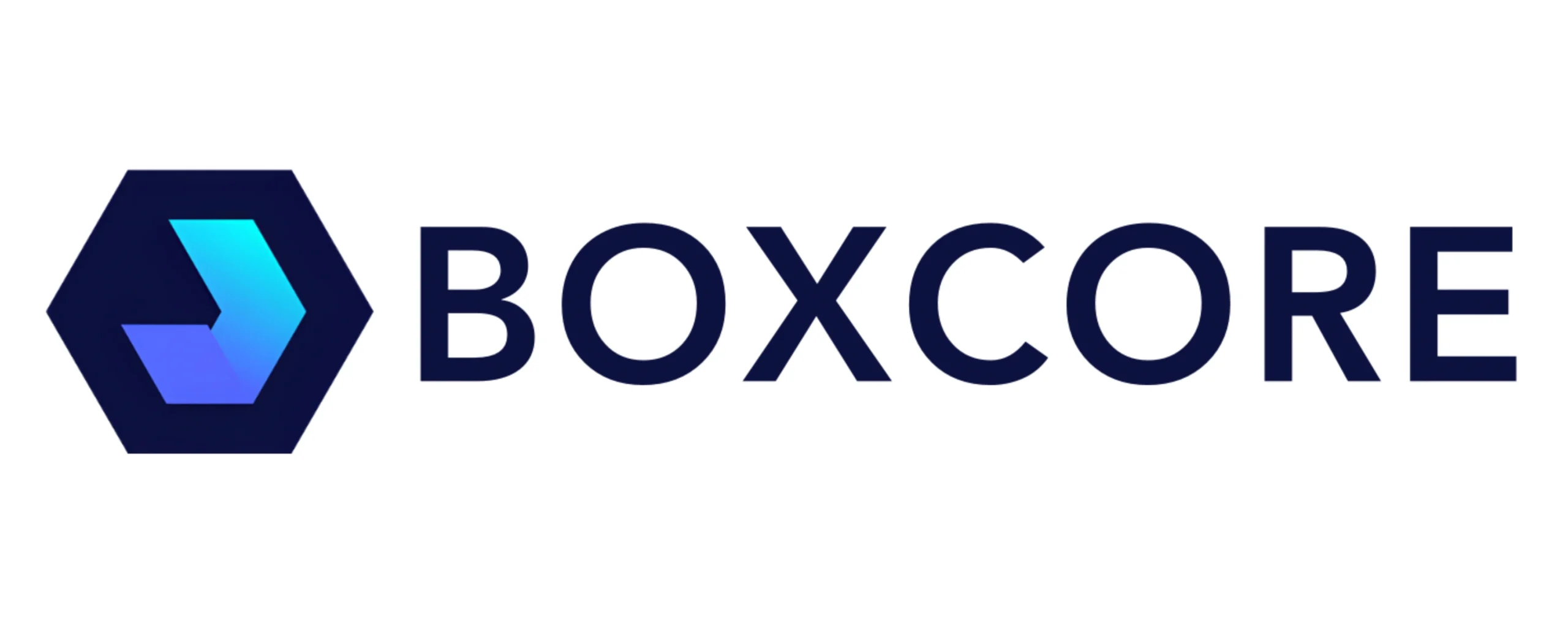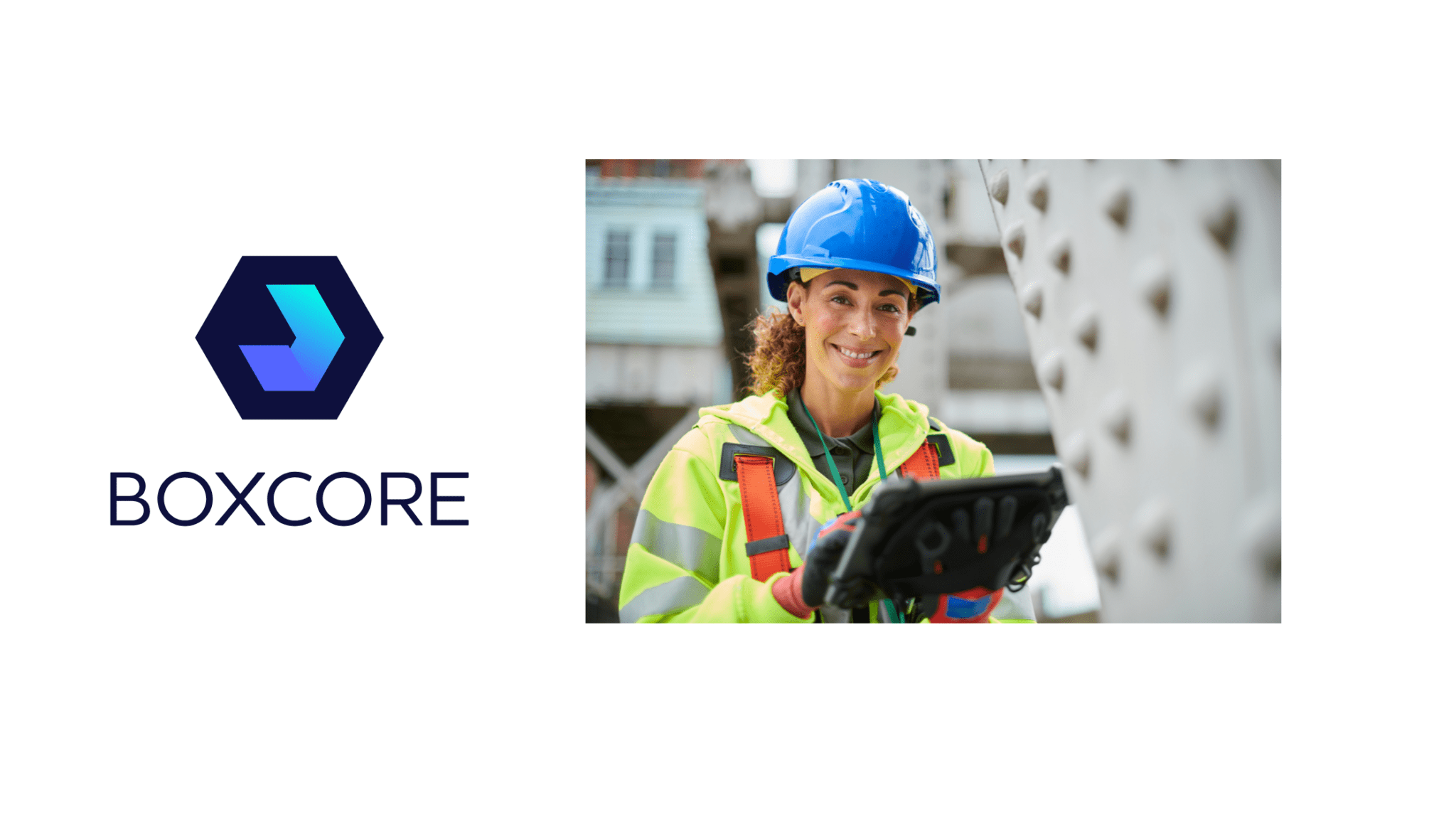Choosing the right construction training software is no longer just a back-office decision – it directly affects compliance, site safety, onboarding speed, and productivity on the ground. Whether you’re managing a local team or coordinating dozens of subcontractors across a multi-phase build, the right software will save time, reduce admin, and simplify day-to-day operations.
Here are five critical features to look for when selecting a construction training software solution, with practical insights into how they impact real-world project teams.
1. Simplicity of Use: If It’s Not Easy, It Won’t Be Used
Construction teams operate in fast-moving environments where tasks pile up and attention spans are short. Any software that isn’t intuitive risks being ignored by the very people it’s supposed to help. This is where many systems fail – they’re built for office staff, not the users on the ground.
With Boxcore, simplicity is non-negotiable. The system is designed so foremen, site supervisors, subcontractors, and even trainees can pick it up and start using it in minutes—with minimal training required. “We designed Boxcore to ensure adoption with frontline staff – so whether you’re onboarding 20 workers or 500, it’s intuitive, fast, and scalable,” says Padraig Reilly, CEO & Founder of Boxcore.
Every feature—whether you’re checking if a CSCS or Safepass card is up to date, uploading a safety cert, or viewing who’s completed a digital induction—is built to be completed in a few taps. Discover more about how simplicity drives adoption across teams.
2. A Colour-Coded Interface That Makes Decisions Easier
A cluttered or text-heavy dashboard adds friction. Construction software should immediately draw attention to what’s important—without needing a manual. A traffic light system interface helps project teams interpret safety and training statuses at a glance.
With Boxcore’s design, you can immediately see which workers are cleared for site access, who has missing documents, and whether inductions are completed. This removes the guesswork and reduces human error.
The system also links directly to digital inductions and real-time dashboards, offering full training oversight across multiple sites. Boxcore’s platform overview breaks down how this visual interface improves on-site responsiveness.
3. The Ability to Share Information Externally
Construction projects often involve multiple subcontractors, safety consultants, and client-side representatives. Waiting for emails or exporting clunky spreadsheets causes delays—and undermines accountability. Your construction training software should enable fast, secure sharing of key information with external stakeholders.
Boxcore eliminates this bottleneck. Safety and training data can be shared instantly, from any device, with clients, auditors, or supply chain partners. Whether it’s sending a worker’s training record to a superintendent in New York or giving a health and safety officer in Dublin access to your register before a site audit, the platform is built for collaboration.
This is particularly vital for compliance with regulations like Ireland’s Safepass requirements, the UK’s CSCS framework, and NYC’s SST training rules. Read how Boxcore helps contractors stay compliant across regions.
4. Built-in Registers and Reporting That Don’t Need Excel
Manual registers and spreadsheets leave room for error. Even worse, they drain time that could be better spent on critical site management. The right construction training software will automate registers and generate reports in real time, making audits far less painful.
Boxcore fully automates:
- Training registers
- Digital induction logs
- Equipment and document registers
Need to prove who completed orientation on a US site? Or show a training summary for a subcontractor’s crew in Birmingham? It’s done in seconds. Reports can be generated on demand or scheduled, cutting out manual collation entirely.
Boxcore’s reporting engine ensures you always have a reliable single source of truth—whether preparing for ISO 45001 compliance or a client safety review.
5. Support for Digital Inductions/ Orientations and Broader Safety Requirements
Today’s construction teams expect digital tools that work seamlessly across all devices. That includes mobile-first delivery of inductions, toolbox talks, site access requirements, and role-specific training. Your software shouldn’t just tick a training box—it should slot into your entire safety system.
With Boxcore, digital inductions are built directly into the app. New workers can complete training before arriving onsite, reducing first-day friction and allowing site managers to get teams operational faster. Each induction is logged against the worker’s profile, making it easy to track completion.
Even better, Boxcore ties into broader safety requirements:
- Facial recognition is used for accurate time and attendance tracking
- Worker profiles flag expired documents or missing training
- Safety records, inspections, and RAMS are managed in the same system
This joined-up approach means site managers spend less time chasing paperwork and more time running safe, productive sites. See how Boxcore redefines access control and training integration.
Final Thought: Don’t Compromise on Site-Level Adoption
At the end of the day, it doesn’t matter how many features a system has if your teams won’t use it. Construction training software must be built for site conditions—not boardroom presentations.
Boxcore’s success has come from staying focused on what matters: fast adoption, mobile-first design, and real-world value. “It’s about cutting down the admin, improving safety and helping teams get the job done with less hassle,” says Padraig Reilly.
If you’re tired of missed inductions, lost training records, and messy spreadsheets, take a look at how Boxcore simplifies construction safety.
Explore more
- How Boxcore helps subcontractors stay in control
- Effective construction worker onboarding
- 5 ways contractor safety software delivers results
- Digital safety records now approved in NYC
Let Boxcore do the admin—so your teams can do the building.


